COMBAT SEQUENCES OF WAHNAM TAIJIQUAN — SOLO PRACTICE
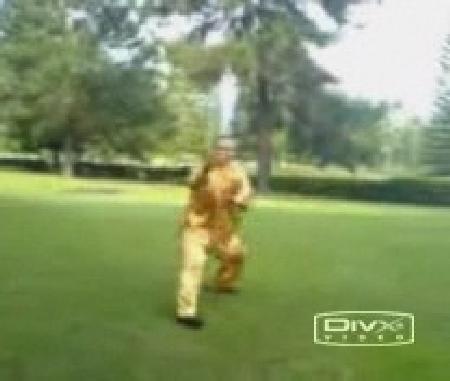
Combat sequence training is an important part of our Shaolin Wahnam sparring methodology, and has helped us to be combat efficiency. More significantly, combat sequence training has given us many useful principles and skills that can enrich our lives and the lives of other people.
The twelve basic combat sequences of Wahnam Taijiquan are shown in the following video clips in slow motion to enable our students to learn them more easily. If you do not understand the principles and tactics mentioned in the short notes below, do not worry. These will be practiced during the Intensive Taijiquan Course. Please be reminded that while knowing their forms is useful, what is more important are the skills developed and the principles experienced in the combat training.
Combat Sequence 1 — Immortal Waves Sleeves

The initiater starts with two top attacks and follows up with a bottom attack, using the tactic of “sounding east attacking west”. The responder applies the famous Taijiquan tactic of “lian xiao dai da” (“lin siew tai ta” in Cantonese), or “defence-cum-attack”. The initiator moves forward from a left leg mode to a right leg mode. The responder moves back from a left leg mode to a right leg mode. A series of still pictures of this combat sequence can be found here.
Combat Sequence 2 — Low Stance Vertical Punch
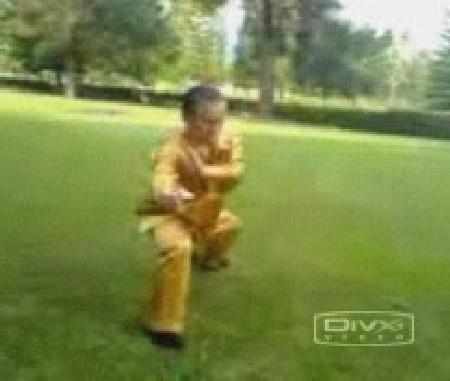
In this sequence the responder counters with a left “White Snake”. The initiator applies the tactic of “one against two” on top and attacks with a vertical punch below. As the responder “sinks” the attack, the initiator circulates the opponent's hands to control them and moves forward with a push. A series of still pictures of this combat sequence can be found here.
Combat Sequence 3 — White Snake Shoots Venom
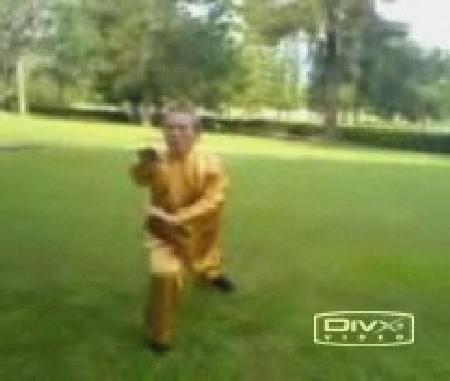
This sequence trains three different ways of applying “White Snake Shoots Venom” for top attacks. Both the initiator and the responder uses the principle of “flowing with the opponent”. A series of still pictures of this combat sequence can be found here.
Combat Sequence 4 — Green Dragon Shoots Pearl
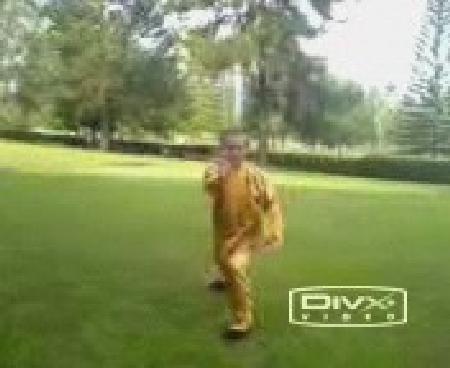
The skill of “flowing with the opponent” is further developed and followed by “turning the momentum against him”. The tactic of “floating the opponent's attack” is also introduced. A series of still pictures of this combat sequence can be found here.
Combat Sequence 5 — White Crane Flaps Wings
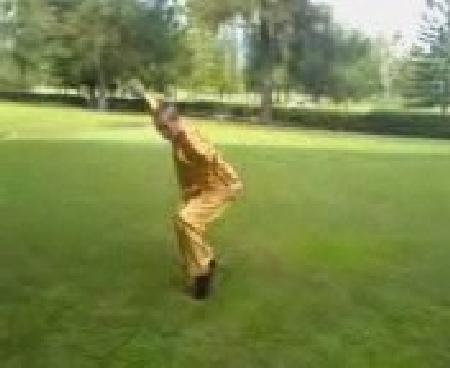
A kicking attack is introduced here. The defender responds with “no defence direct counter”. A series of still pictures of this combat sequence can be found here.
Combat Sequence 6 — Striking Tiger Poise
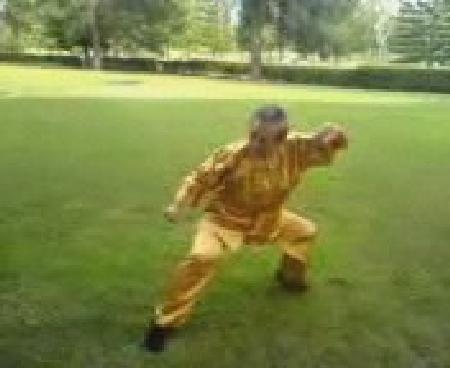
A side-kick, which is a kicking technique frequently used by many martial artists, is introduced here. In this sequence students learn a pattern that can be used against any kicks! The famous Taijiquan principles “apply stillness to subdue motion” and “start later arrive earlier” are practiced in the sequence. A series of still pictures of this combat sequence can be found here.
Combat Sequence 7 — Thrust Kick
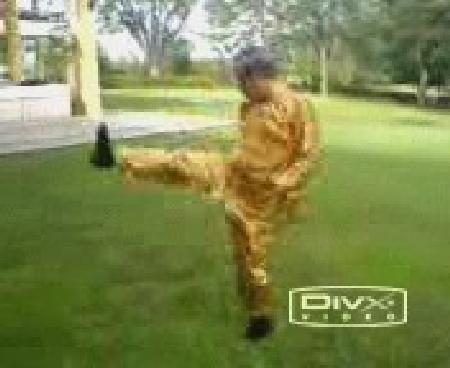
Another kicking attack, the thrust kick which is often used in Taijiquan as well as Shaolin Kungfu, is introduced. The tactic “no defence direct counter” is used against the kick. Students also learn how to respond if their kicking leg is grabbed by an opponent. A series of still pictures of this combat sequence can be found here.
Combat Sequence 8 — Low Stance Single Whip
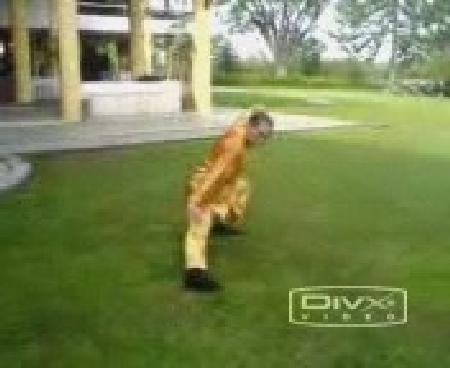
Another kicking attack, the whirlwind kick, is introduced. In close quarters the whirlwind kick may be changed to a knee strike. Another Taijiquan pattern that can be used against any kinds of kicking attacks is learnt in this sequence. A series of still pictures of this combat sequence can be found here.
Combat Sequence 9 — Black Bear Sinks Hips
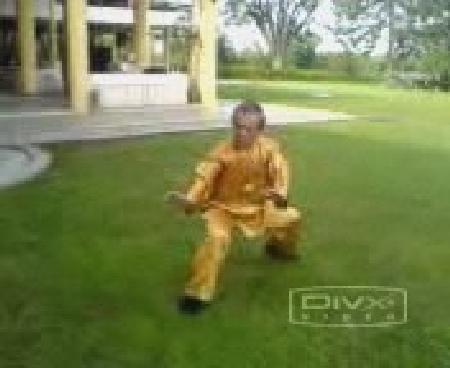
A felling attack and a knee strike are introduced. In this sequence students learn an amazing pattern that very well manifests the essence of Taijiquan, that is so profound but appears so simple that many people may wonder whether it can work. This sequence exemplifies the importance of stances and footwork. A series of still pictures of this combat sequence can be found here.
Combat Sequence 10 — Shoulder Strike
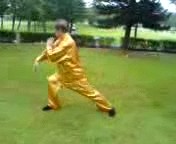
What would you do if your opponent holds your arm? This sequence shows you how to counter the attack. A series of still pictures of this combat sequence can be found here.
Combat Sequence 11 — Cloud Hands
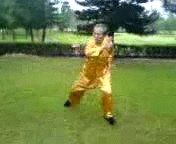
This sequence shows you another way to counter an opponent's grip. In fact once you understand the underlying principle and have the skill, you can apply this technique to counter any grips! This is an example of being cost-effective. Instead of learning, say, 20 different techniques to counter 20 different attacks, we learn one technique that can be used to counter all attacks! A series of still pictures of this combat sequence can be found here.
Combat Sequence 12 — Carrry Tiger Back to Mountain
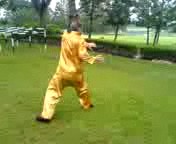
This sequence exemplifies an important tenet in our school, “Wonderful techniques beget wonderful techniques”. You apply a technique, which many people think can be used only for striking, to lock an opponent's arm behind his back. He neutralizes it by throwing you onto the ground. But before he can complete his attack, you strike his ribs with your knee jab often without him knowing. Any one of these techniques may catch many people by surprise. A series of still pictures of this combat sequence can be found here.
12 Combat Sequences of Wahnam Taijiquan -- Solo Practice from Wong Kiew Kit on Vimeo.
LINKS
Taijiquan Combat Sequences demonstrated by Sifu Jeffrey and Sifu Javier
Please note that there are some minor differences between these sequences.
